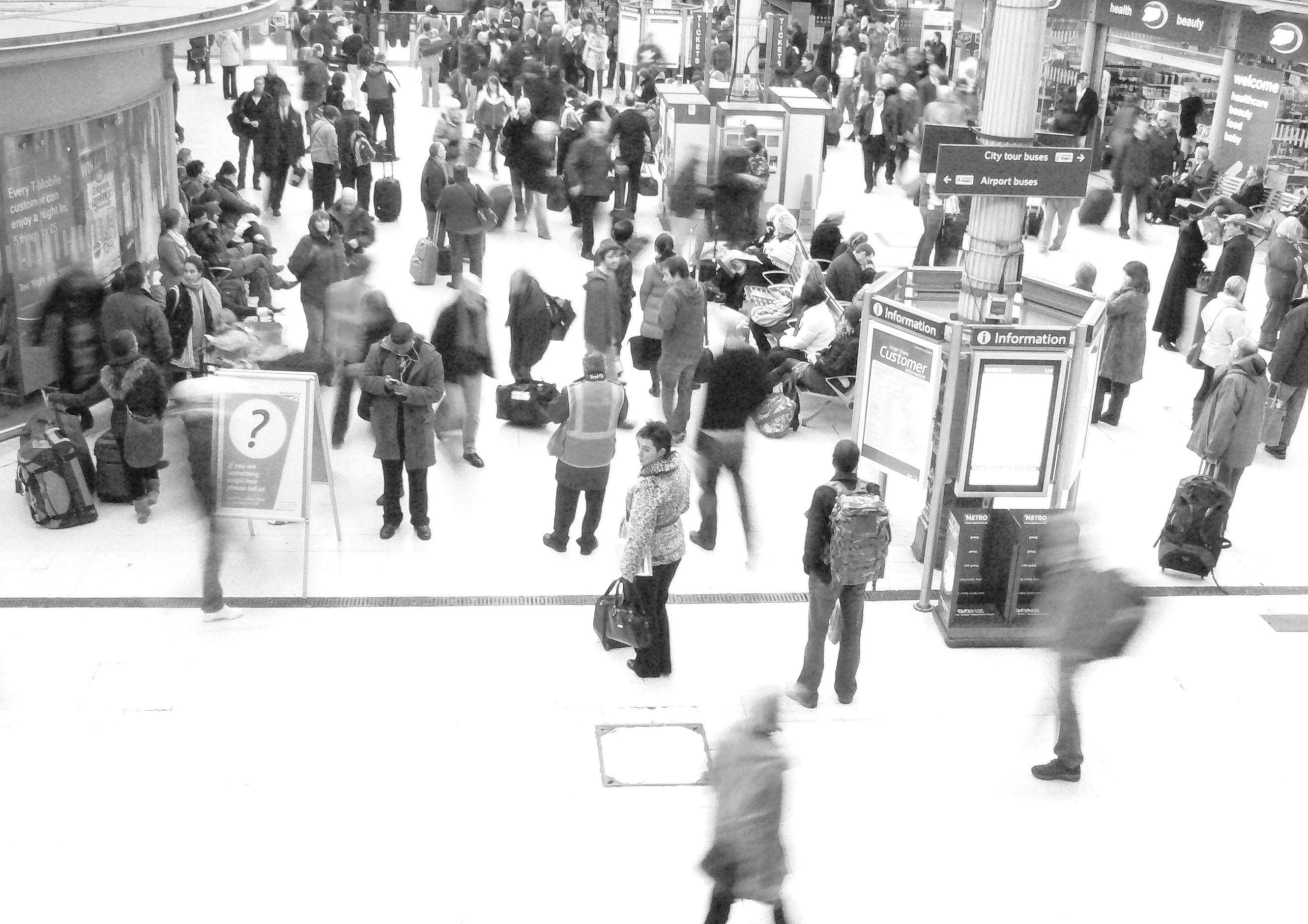Safe Public Spaces

A couple of weeks ago, I posted a blog here on the efforts of open-carry advocates to do away with no-gun policies in public libraries, but at the time I could have no sense of how timely this post could be. The overwhelming tragedy of the recent shootings at Sandy Hook Elementary School in Connecticut, though, has forced this issue back into mind, and revisiting this issue in these circumstances breaks my heart.
President Obama, in his emotional address given at a December 16 vigil in Newtown, made it clear that politicians must begin addressing this issue of gun violence in the U.S. “Are we really prepared to say that we’re powerless in the face of such carnage, that the politics are too hard? Are we prepared to say that such violence visited on our children year after year after year is somehow the price of our freedom?” he asked.<sup>1</sup>
Gun rights advocates for years, though, have essentially made this argument. They have posited that guns are a necessary part of security and freedom. Are they really, though?
In a blog posted on The Guardian’s website, Simon Rogers, quoting from FBI statistics, notes that the United States is the most heavily armed country in the world, with eighty-nine guns per hundred people<sup>2</sup>. Does that make us more secure, though? The figures here do not support gun advocates’ claims. In 2011, there were 8,583 murders resulting from guns which is a low number, considering Florida and Alabama did not report any figures. To put that into perspective, according to a 2002 UN report, Canada experienced 144 gun murders, Germany had 269, Australia had 59, and Japan had 47<sup>3</sup>. Guns do not seem to deter violence.
Many of the mass shootings America has experienced recently have taken place in public places—schools in Colorado, Minnesota, and now Connecticut; a shopping mall in Arizona; a movie theater in Colorado. America’s public places are becoming targets and public libraries are, by definition, public places. More importantly, they are public places where different social classes and ethnic groups interact. While most of us view this as a positive step towards stronger communities, it can create friction. Even interactions within social groups can, of course, create friction, which can lead to violence.
If we are to protect the public places so dear to us, we will need to be proactive and stand up for policies that will make our libraries safer. Of course, safe policies and practices cannot guarantee that extreme violence will not take place, but it may be able to keep lesser violence at bay and will certainly contribute to the voices crying for positive action. A cry that is only strengthening, according to a Los Angeles Times column. Our children deserve this kind of action. The memory of twenty slain first graders and six faculty members in Newtown, Connecticut pleads for nothing less.
1.“Obama Visits Newtown, Connecticut on Sunday,” accessed 17 December 2012, http://www.huffingtonpost.com/2012/12/16/obama-newtown-connecticut-sandy-hook-school-shooting_n_2310520.html?1355709999
2. “Gun Crime Statistics by U.S. State: Latest Data,” accessed 17 December 2012, http://www.guardian.co.uk/news/datablog/2011/jan/10/gun-crime-us-state
3. “Crime Statistics > Murders with Firearms (Most Recent) by Country,” accessed 17 December 2012, http://www.nationmaster.com/graph/cri_mur_wit_fir-crime-murders-with-firearms







